10 Math Story Books to Gift Children at the Holidays
Information and ideas presented in story form often stick better than rote memorization. As you plan for the holidays this year, consider adding any one of these charming and engaging children’s math picture books to your family library.
Visualizing large numbers, understanding fractions, having fun with division, or just fine-tuning how you approach problems – all of these books present fun and winning ways to bring math into your children’s lives.
How Much is a Million by Stephen Kellogg
Master children’s book writer Stephen Kellogg’s book has been making large numbers understandable to young readers for generations, and is still the best book out there for visualizing them in an accessible way. No one who has ever read this book will forget that if a billion kids made a human tower it would reach past the moon.
The Pancake Menu by Lucy Ravitch
Lucy Ravitch, who blogs at Kids Math Teacher, has created a winning combination of cooking and eating out in this book aimed at getting kids comfortable with adding costs. It encourages readers to make their own fun pancake creations and figure out how much customers would have to pay if they were running their own at-home restaurant. An imaginative, active good time.
Sir Cumference and the First Round Table by Cindy Neuschwander
Clever all around, this title by Cindy Neuschwander is a rarity – a math picture book with a really great and memorable story. It is a smart take on an inventive side story of the Arthurian saga, about King Arthur’s quest to find a table that can accommodate all of his squabbling knights. If you love it, Sir Cumference and the First Round Table is the first in a series.
Which One Doesn’t Belong? by Christopher Danielson
This brilliant new book by math educator Christopher Daniels, of Talking Math With Your Kids fame is less about teaching right answers than about getting children to ask the right questions. On each page, readers are invited to pick the shape that doesn’t belong and talk about why they picked that shape. But there is not correct answer – just an opportunity to talk about how we think. A must-have.
What Do You Do With a Problem? by Kobi Yamada
It’s a shame that when we talk about solving math equations we equate it with a “problem.” However, this charming and emboldening book What Do You Do With A Problem? by Kobi Yamada. A dark, splotchy problem follows around the unnamed character and haunts his days until he decides to face it head-on. Along the way, this endearing story shows that maybe the problem wasn’t as scary as he thought after all.
The Best of Times by Greg Tang
Greg Tang has a number of math picture books out, but I like this one best. In it, he provides simple instruction for multiplying numbers. Here’s a choice example: “Four is very fast to do, / when you multiply by 2. / Here’s a little good advice – / please just always double twice!”
What’s New at the Zoo by Suzanne Slade
It’s a simple premise: A visit to the zoo yields possibilities for learning how to add. Four monkeys are all carrying babies – how many monkeys are there? What’s New at the Zoo is perfect for early math learners because of how simple it’s questions are and how it engages readers in a real-world problem. Add to that perfect rhyming and some cute pictures and you have the perfect addition to your library.
Full House: An Invitation to Fractions by Dayle Ann Dodds
Dayle Ann Dodds makes this list twice. In Full House, she wraps two learning stories in one book with the tale of Miss Bloom, the proprietor of an inn with six rooms. As guests arrive, Miss Bloom calculates how many of the rooms have been filled. Later, they all share a cake cut into six equal pieces. The illustrations are charming, the lesson spot-on, and the characters funny as can be.
The Great Divide: By Dayle Ann Dodds
When 100 people set out on a marathon, some of them don’t finish in this rousing story by Dayle Ann Dodds. More a concept book than a memorization story, The Great Divide follows the marathoners as, on each spread, half of them encounter a challenges taking them out of the race. In the end, there can be only one – but getting there is the fun in this book.
That’s a Possibility: A Book about What Might Happen by Bruce Goldstone
Some math concepts have as much to do with learning the meaning of words as anything else. Enter That’s A Possibility, a book that teaches students about the subtle differences in the language of possibilities. In popping, colorful illustrations, it leads young readers through a series of situations, defining the terms possible, probable, impossible, and certain along the way. Possibly a must for Christmas?
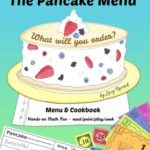
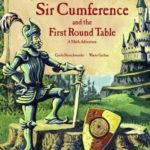

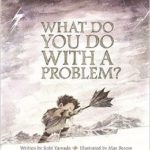
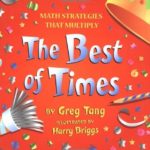
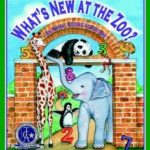
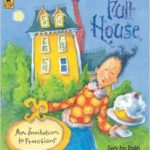

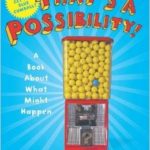
Algebra Activities For Kids, Games, Worksheets, Quizzes, algebra skills for children in 1st, 2nd, 3rd, 4th, 5th, 6th and 7th grades. http://www.algebraforchildren.com
This is a good resource. I am always looking for ways to extend learning into more than one curricular area.
This is a good resource of books that will be helpful for my class.
This is a good selection of books that I can incorporate in my classroom